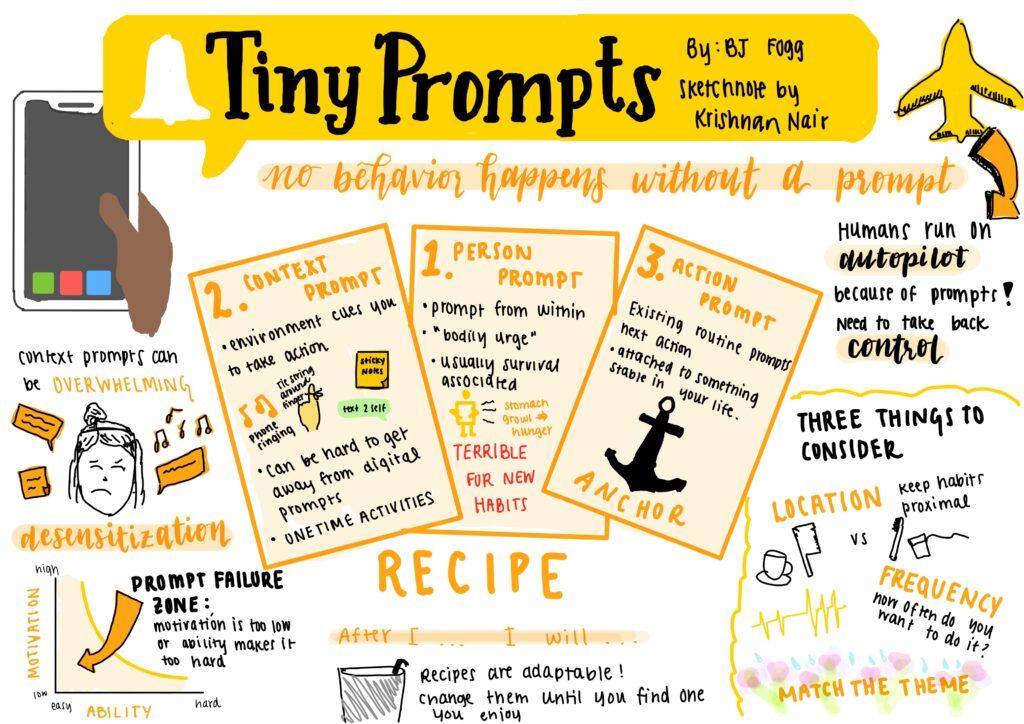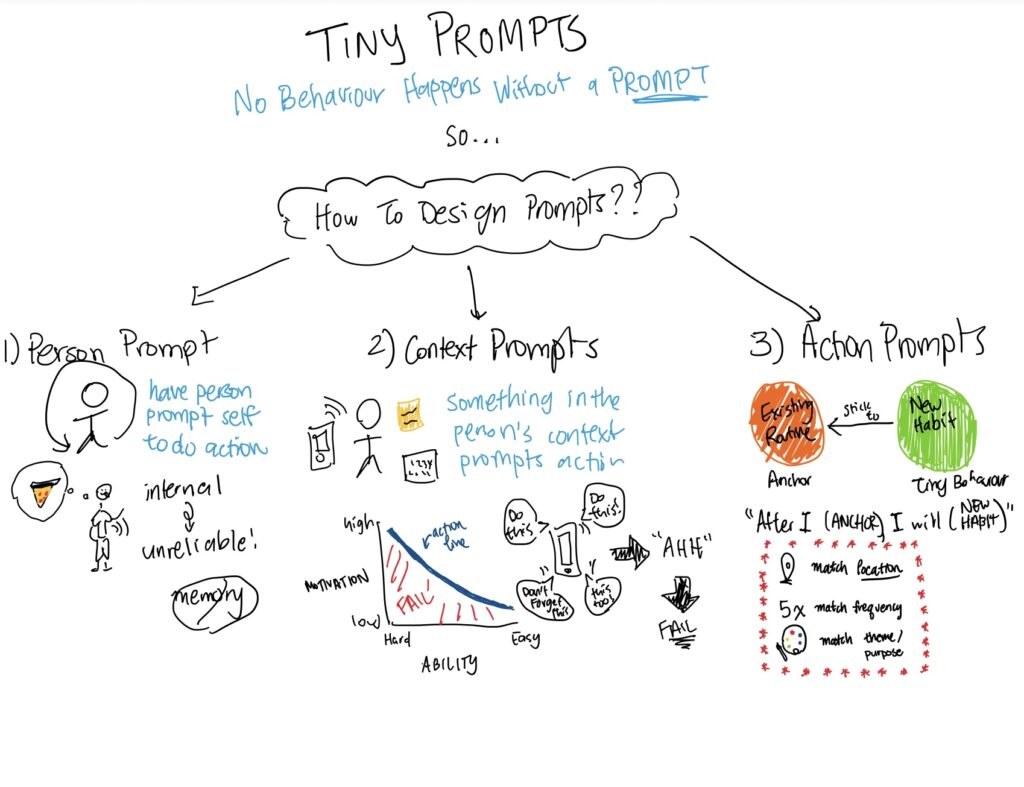Product managers face a delicate balance between introducing innovative features and managing the natural resistance that buyers exhibit due to psychological biases such as loss aversion and the endowment effect. As Gourville highlights in “Eager Sellers and Stony Buyers”, consumers frequently overestimate the value of their current solutions while underestimating the benefits of new products. This mismatch often leads to a slower adoption of new innovations.
Loss aversion plays a crucial role in this resistance, as consumers are generally more fearful of losing the comfort and familiarity of their existing products than they are excited about gaining something new. A good example is the slow adoption of back-office SaaS solutions by SMBs in Latin America, where many still rely on external accountants and Excel spreadsheets, despite the clear advantages offered by new software solutions.
To overcome this, product managers need to apply the 10x better strategy, ensuring that new features deliver an experience significantly better than the current solution. According to Gourville’s “9x Effect,” companies often expect customers to immediately recognize the value of their innovation, but unless the product is dramatically superior, consumers tend to stick with what they know. Netflix’s shift from DVD rentals to streaming demonstrates this—initial hesitation gave way as customers recognized the overwhelming convenience.
Product managers should also focus on minimizing behavior changes for users. The less effort users need to make, the less resistance they will encounter. Introducing incremental changes and upgrades that don’t drastically alter the user experience can ease the transition. Another effective tactic is offering free trials or demos, allowing customers to experience the advantages firsthand without commitment, which can make them less hesitant to adopt new features.
Finally, product managers should utilize the innovation adoption curve, targeting early adopters first. These consumers are more willing to take risks and try new products. Once they validate the innovation, it becomes easier to attract more risk-averse customers who have heard about the product’s success in the mainstream market, making them more comfortable with adopting it.
By understanding the psychological biases that drive buyer resistance, product managers can strategically introduce innovations while reducing friction, making adoption smoother and more successful.



